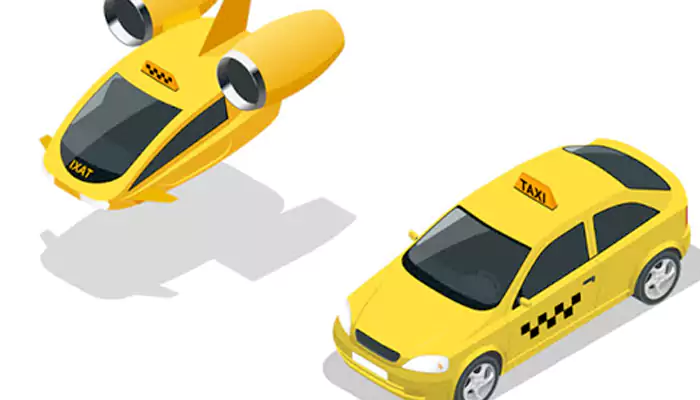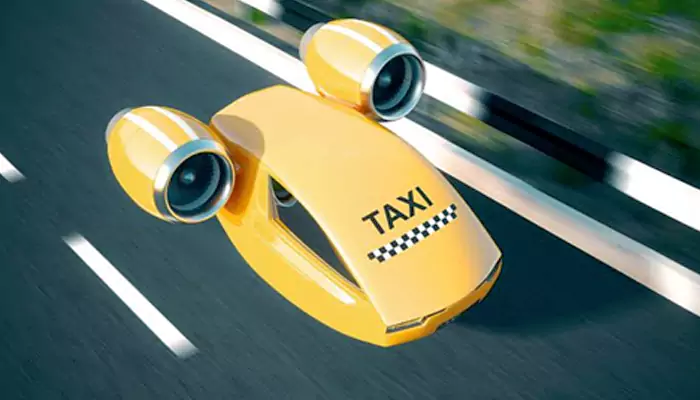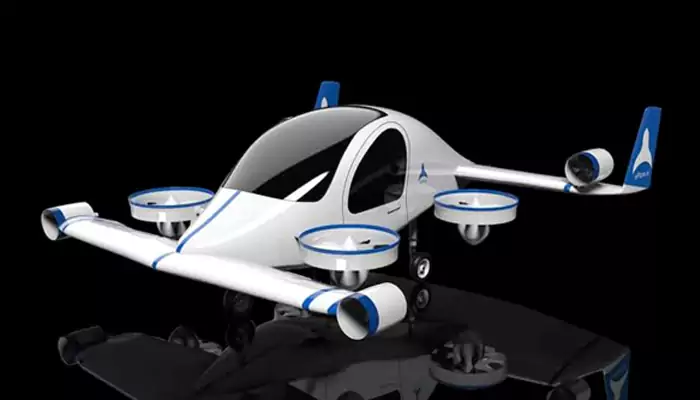
Archer Aviation, a pioneering player in the rapidly evolving realm of electric air taxis, has cast its gaze toward India, renowned for its congested thoroughfares and vibrant urban hubs.
According to a Reuters report, backed by industry heavyweights like Stellantis and Boeing, the company aims to initiate trials of its electric air taxis by next year, with a commercial rollout slated for 2026.
India's dynamic landscape presents a promising opportunity for Archer Aviation to revolutionize urban mobility, offering efficient and sustainable alternatives to traditional modes of transportation.
Urban transportation in large cities has perennially grappled with significant challenges. Flying taxis emerge as a promising solution, potentially alleviating many of the issues entrenched within urban transport systems. This advancement marks a transition from conventional two-dimensional travel to a three-dimensional paradigm, offering the flexibility to traverse non-standard routes beyond conventional roads. By enabling individuals to bypass traffic congestion, flying taxis hold the promise of transforming urban mobility.

The potential applications of flying taxis are manifold, extending far beyond financial savings from reduced traffic congestion. Their introduction could revolutionize emergency response, facilitating swift deployments of paramedics, police, and first-responders in critical situations. Moreover, in scenarios where conventional land routes are obstructed—such as during natural disasters like hurricanes, floods, or fires—flying taxis could serve as vital lifelines, enabling access to isolated areas and expediting relief efforts. The societal impact of this technology transcends mere economic considerations, as it promises to enhance resilience and responsiveness in the face of various challenges.
When flying taxis become mainstream, they're poised to revolutionize transportation sustainability. By optimizing the third dimension of travel, they promise to reduce both physical and carbon footprints significantly. Flying taxis will alleviate road congestion, providing faster and potentially cheaper transportation while opening up job opportunities.
Moreover, they offer accessibility to previously hard-to-reach areas without the need for extensive infrastructure development. Their ability to travel the shortest distance between two points will streamline point-to-point services, especially in densely populated urban areas with convoluted road networks.

Flying electric taxis will fill a niche where helicopters and airplanes have struggled, offering efficient travel in congested urban environments. Compared to traditional cars, they'll excel in energy efficiency and travel time, particularly in areas with intricate road systems.
Flying taxis hold the promise of significant economic and productivity gains, but their environmental impact remains a key concern. Research conducted jointly by the University of Michigan and the Ford Motor Company has shed light on this issue, revealing compelling findings. When fully loaded, flying cars emerge as a more environmentally friendly and sustainable mode of transportation compared to conventional cars.

According to the study, flying cars emit 35% fewer greenhouse gas emissions when transporting a single pilot over a distance of a hundred kilometers or 62 miles, in contrast to traditional cars. Moreover, when carrying a full load of four occupants (pilot and three passengers), flying electric cars demonstrate an even more impressive environmental performance, boasting a remarkable 52% reduction in greenhouse gas emissions over the same distance compared to their terrestrial counterparts.
These findings underscore the potential of flying taxis to contribute positively to environmental conservation efforts while providing efficient mobility solutions. As urban areas grapple with congestion and pollution, the advent of environmentally friendly aerial vehicles could offer a compelling alternative, aligning with broader sustainability goals. However, further research and development are necessary to ensure that the promise of flying taxis is fully realized while minimizing their environmental footprint.